Best Puzzles for Kids by Age: A Fun and Educational Guide

Puzzles have long been a favorite activity for kids, offering a blend of fun and education. They help children develop cognitive skills, enhance problem-solving abilities, and improve focus. However, choosing the right puzzle for your child largely depends on their age and developmental stage. In this guide, we explore the best puzzles for kids by age, ensuring an engaging and age-appropriate experience.
1. Puzzles for Preschoolers (Age 2 to 4)

At this stage, toddlers are just beginning to explore the world around them. Their puzzles should be simple, safe, and designed to improve hand-eye coordination, basic motor skills, and introduce numbers, letters, and simple problem-solving tasks.
Recommended Puzzle Types:
-
Alphabet Jigsaw Puzzle: Alphabet jigsaw puzzle helps toddlers learn the English alphabet in an engaging and hands-on way. Each piece of the puzzle corresponds to a letter, promoting letter recognition, phonics, and early literacy skills. It's a fun introduction to the world of language, providing a solid foundation for reading and writing.
-
Number & Shape Puzzle: Number & shape jigsaw puzzle introduce toddlers to basic numbers and shapes while enhancing their problem-solving skills. By matching numbers with the correct shapes, toddlers learn early math concepts such as counting, number recognition, and shape identification. It also helps in developing fine motor skills and hand-eye coordination.
- Word Jigsaw Puzzle: Word puzzles are a fantastic tool for expanding a toddler's vocabulary. With each piece representing a word, these puzzles help children connect letters to words, strengthening their language skills. They also encourage early reading and word recognition in a playful, educational way. If you're looking for these types of educational puzzles, then Mittimate’s Action Word Puzzle and Opposite Word Puzzle are the perfect solutions.
Why These Puzzles Work:
- Develop cognitive and language skills.
- Foster concentration and patience.
- Provide a sense of achievement upon completion.
2. Puzzles for Toddlers (Ages 4-6)

As toddlers enter the age range of 4 to 6, they begin developing more advanced cognitive and motor skills. At this stage, puzzles can be slightly more challenging, helping to build problem-solving abilities, improve hand-eye coordination, and promote independent thinking. Puzzles should still be simple but may feature more complex images or picture-based puzzles to engage their growing skills.
Recommended Puzzle Types:
-
Monument Puzzle: Monument puzzles feature iconic landmarks, which can be a fun way for toddlers to explore different places around the world. These puzzles help children learn about architecture while improving their visual-spatial skills as they fit the pieces together. If you're looking for these types of puzzles, visit our website Mittimate to find a huge collection of jigsaw puzzles for kids.
-
Farm House Puzzle: Farm house puzzles depict scenes of rural life, such as animals, crops, and farm buildings. These puzzles introduce toddlers to animals, nature, and daily life, making them an engaging and educational way to foster both learning and creativity.
- Igloo Puzzle: Igloo puzzles showcase winter scenes, often involving animals like polar bears or penguins. These puzzles help children learn about different environments and creatures, while encouraging problem-solving and fine motor development.
Why These Puzzles Work:
- Enhance cognitive development by introducing more complex concepts,
- Foster creativity and imagination by engaging with different themes and scenes.
- Support independent thinking and problem-solving as toddlers navigate larger, more detailed puzzles.
Improve fine motor skills through handling smaller pieces and fitting them together.
3. Puzzles for Early Elementary Kids (Ages 6-8)

Children in this age group are ready for more complex puzzles that challenge their reasoning, problem-solving, and spatial awareness skills. These puzzles promote critical thinking and offer opportunities to develop perseverance and patience.
Recommended Puzzle Types:
-
Jigsaw Puzzles (30 Pieces): 30 pieces puzzle are just the right level of challenge for early elementary kids. It helps children improve their focus, concentration, and problem-solving skills as they work through the puzzle. The durable and safe wooden design makes it an ideal choice for young learners.
-
Tangram Puzzles: Tangram puzzles are a great way to boost spatial awareness and problem-solving skills. With a set of seven geometric pieces, kids can create a variety of shapes and designs, helping them understand symmetry, angles, and problem-solving strategies.
- Maze Puzzles: Maze puzzles encourage critical thinking and strategy as children navigate their way through complex pathways. These puzzles help develop concentration and planning skills while keeping children engaged in the process of solving problems.
Why These Puzzles Work:
- Improve logical thinking and memory as kids work through more complex puzzles and scenes.
- Encourage perseverance and patience as children overcome challenges to complete each puzzle.
- Develop a deeper understanding of shapes, patterns, and spatial relationships, which are essential for math and geometry skills.
4. Puzzles for Tweens (Ages 9-12)

Tweens are ready to tackle more advanced and intricate puzzles. These puzzles help build critical thinking, creativity, and even collaborative skills when done in groups. At this stage, puzzles can provide a rewarding challenge that encourages children to think outside the box and refine their problem-solving abilities.
Recommended Puzzle Types:
-
Cube Puzzle: Cube puzzles, such as the classic rubik's cube, snake cue puzzle, star cube challenge tweens to solve complex patterns and sequences. These puzzles help improve spatial reasoning, memory, and concentration, offering a fun and engaging way to develop critical thinking skills.
- Pentomino Puzzle: Pentomino puzzles involve fitting 12 unique geometric pieces together to form a variety of shapes. These puzzles foster problem-solving skills, enhance spatial awareness, and promote creativity as tweens explore different configurations and designs.
Why These Puzzles Work:
- Strengthen critical thinking and spatial awareness as tweens work through more complex challenges.
- Foster independence and problem-solving abilities, encouraging kids to think logically and persevere.
- Provide a rewarding challenge for older kids, keeping them engaged and motivated to solve intricate puzzles.
How to Choose the Right Puzzle for Your Child
Here are a few tips to ensure you pick the perfect puzzle for your child:
- Consider Their Interests: Choose themes that match your child’s passions, such as animals, space, or vehicles
- Start Simple: Opt for puzzles that match their skill level to avoid frustration.
- Prioritize Quality: Look for durable materials, especially for younger kids.
- Check Age Recommendations: Most puzzles include age guidelines to help you decide.
-
Encourage Progression: Gradually introduce more challenging puzzles as your child grows.
Benefits of Puzzles for Kids
Puzzles offer a host of developmental benefits, including:
- Improved Cognitive Skills: Puzzles enhance memory, problem-solving, and logical reasoning.
- Better Motor Skills: Manipulating puzzle pieces improves hand-eye coordination and fine motor skills.
- Increased Focus and Patience: Completing puzzles teaches kids to concentrate and persist through challenges.
-
Boosts Confidence: Successfully completing a puzzle gives children a sense of accomplishment.
Final Thoughts
Puzzles are a timeless activity that grows with your child. From chunky wooden puzzles for toddlers to intricate 3D puzzles for teens, there’s a perfect puzzle for every age and stage. Not only puzzles provide hours of entertainment, but they also offer invaluable educational and developmental benefits.
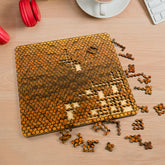

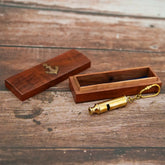

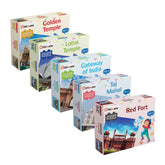

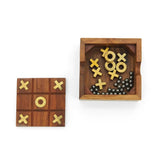

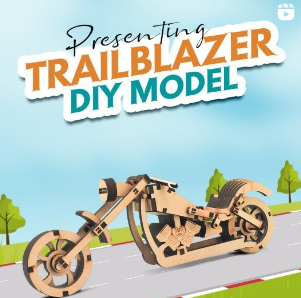
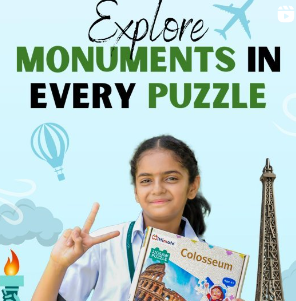
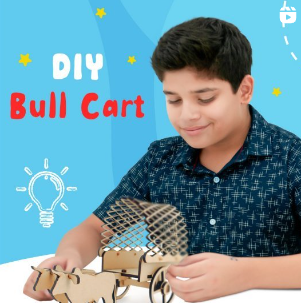
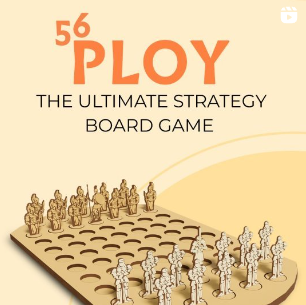
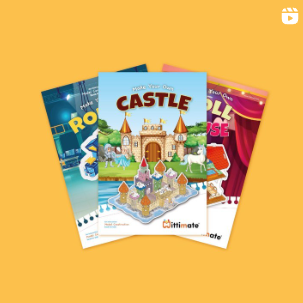
Leave a comment
Please note, comments need to be approved before they are published.